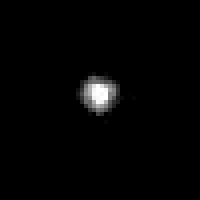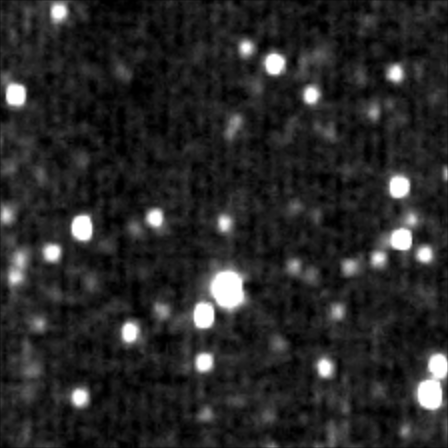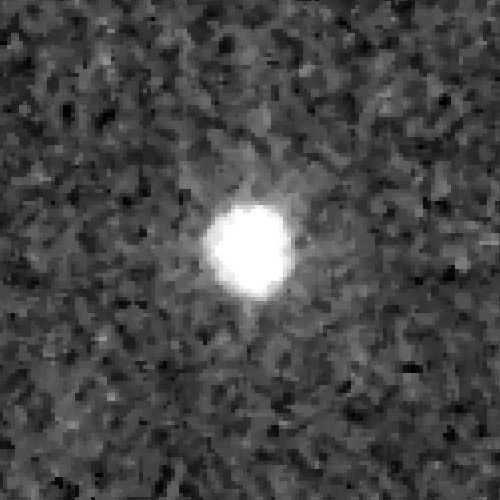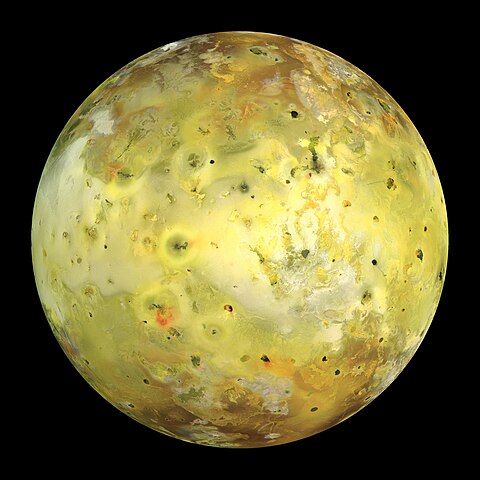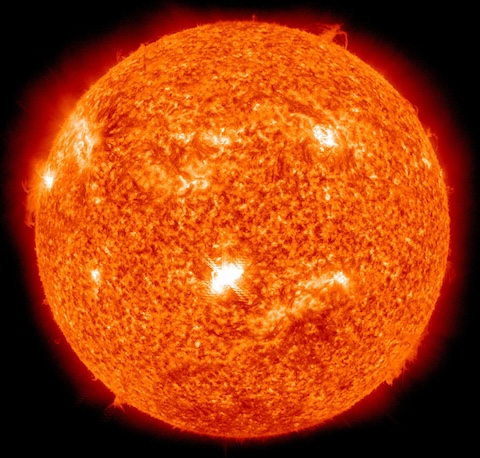1 day / second
0.5 AU
20000 Varuna
Trans-Neptunian Object
A large, rapidly rotating Kuiper Belt object that spins so quickly it has become elongated into an ellipsoid shape roughly 1,000 kilometers in length.
Key Facts
orbital regime | Kuiper Belt |
learn more | Wikipedia |
mass | 3.7633e+20 kg |
radius | 330 km |
hill radius | 0.016 AU |
semi-major axis | 42.718 AU |
eccentricity | 0.056 |
inclination | 17.221º |
longitude of the ascending node | 97.372º |
argument of periapsis | 262.22º |
orbital period | 279.2 years |
sidereal rotation period | 6.344 hours |
axial tilt | 0º |
surface gravity | 0.024 g |
class | cubewano |
discovery date | 2000 |
discovered by | Robert McMillan at Kitt Peak National Observatory |
name origins | Named after Varuna, a Hindu deity associated with water and the cosmos |
material composition | Likely composed of water ice and rock |
density | 1.0 g/cm³ |
albedo | 0.07 |
